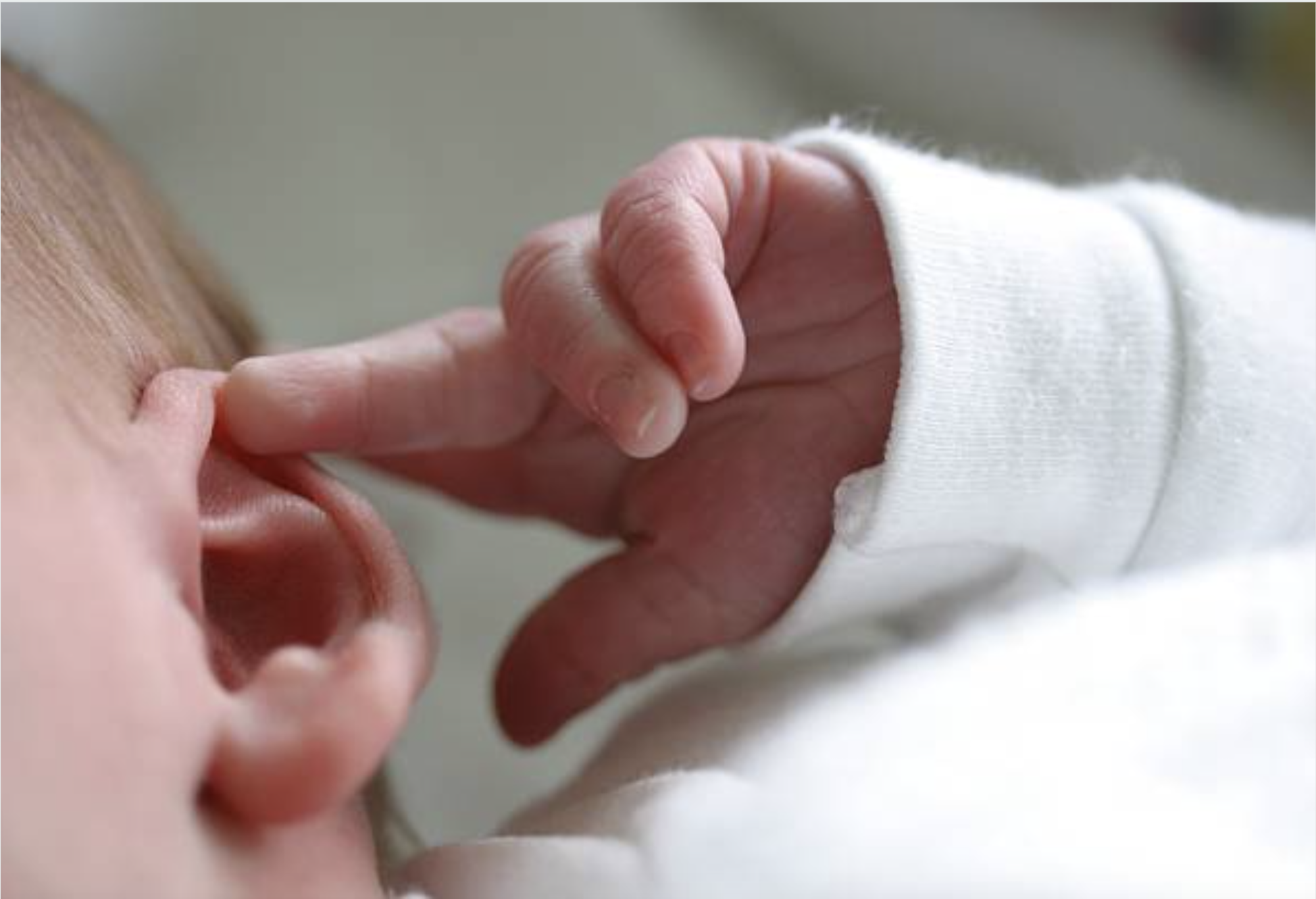News Story
Should You Buy One of the New OTC Hearing Aids?

Tread carefully in the new over-the-counter hearing aid market, UMD hearing experts advise.
Starting today, hearing aids will join skin creams and wireless routers on pharmacy and electronics store shelves, following approvals from the Food and Drug Administration. This wide-open new market—available on a host of websites as well—will allow consumers to take more control of their hearing health, but should they?
Experts in the University of Maryland’s Department of Hearing and Speech Sciences (HESP), which also houses the Hearing and Speech Clinic on campus, say the change is designed to make it more affordable and convenient for the vast numbers of people who need, but lack, hearing aids to get them. While nearly 40 million adults report hearing problems, according to the National Institutes of Health, well under a third of those who need them actually have hearing aids, and those who do waited on average five to seven years to obtain them.
“This change is pushing against a real problem,” said Assistant Professor Eric Hoover, whose research on hearing-assistive technology in part focuses on hearing aid policies and regulations. In 2020, Hoover was awarded a Brain and Behavior Institute seed grant along with Katie Shilton, associate professor of information sciences, for their development of a value-sensitive design framework to disclose the values enacted in both over-the-counter and traditional service models.
How well the new OTC option will address the need is unclear, Hoover and Assistant Clinical Professor Lisa Rickard told Maryland Today.
Who might benefit from OTC hearing aids
If you’re a tech-savvy DIYer—maybe an aging millennial who stood near the PA at one too many Kings of Leon or Vampire Weekend shows—you can probably effectively use one of the new OTC devices to compensate for your mild hearing loss, potentially saving multiple trips to an audiology office and a device purchase that can eat up hours and thousands of dollars.
But many people are likely to struggle fine-tuning the device parameters via a smartphone app, let alone their fitting. “There are plenty of days I might spend 20 to 40 minutes with an individual just teaching them to put the device in their ear correctly,” said Rickard, an audiologist and clinical educator of doctor of audiology students in HESP's on-campus clinic. “The person who’s walking into CVS or Target to buy a pair of the devices needs to learn to effectively use them, and they may be surprised to learn that the price point is well above a $20 pair of readers.”
Who should not reach for OTC hearing aids
You’re not in the target group if you have more than mild to moderate hearing loss—but unless you’ve already been to an audiologist, you’re unlikely to know for sure, Rickard points out. Some other conditions preclude their use as well: unilateral or sudden onset tinnitus, ear pain, drainage or many other acute symptoms. Under FDA regulations, people under 18 are not supposed to use them, either.
“There’s a whole list of contraindications, but there’s also nothing to stop a person who says, ‘Hmm, I’ve got this ringing in my ears—better go get a hearing aid,’” Hoover said.
Why this isn’t a dramatic change, at least at the hardware level
There’s already a wide availability of “personal sound amplification products,” or PSAPs, electronic sound amplifiers worn in the ear and make things louder, but are not allowed to be marketed specifically as a treatment for hearing loss. They range from utter junk to sophisticated devices marketed under different brands or in other parts of the world as actual hearing aids, Hoover said. What’s new is that now they can be marketed as OTC hearing aids to compensate for hearing loss.
Where the savings come from
Consumers often spend around $3,000 to get hearing aids, according to an estimate from the White House last month (while some sets can cost $7,000), with much of the outlay supporting rigorous device testing and the need to operate an audiology clinic.
“The idea behind this change was that you could cut out the regulatory burden and make hearing aids easier to come to market, and you could cut out the audiologist, and these devices would become more widely available,” Hoover said. “The disconnect is that you’re cutting out a profession with a doctoral degree, extensive clinical knowledge and skill and a lot of research-based practice.”
Why prescription hearing aids might be cheaper than you think
While it’s unclear what the low-end will look like, several OTC devices rolling out today at retailers like Walgreens will run $800 to nearly $1,000 a pair. If consumers shop around, that could be comparable to taking the traditional route with expert guidance and a prescription, they said. Options include using any available private insurance or Medicaid coverage, and taking advantage of the clinic at HESP and others that work to minimize patients’ spending, Rickard said. “I dispensed a set of hearing aids yesterday to a gentleman who was just cost-conscious, and his out-of-pocket (expense) was $900,” Rickard said. “He got two very nice digital hearing aids and all the services and follow-up that we’re going to provide.
–Original story in Maryland Today by Chris Carroll.
Published October 17, 2022









